Pierre Auguste Renoir, Richard Guino
La Grand Laveuse Accroupie
Artwork Brief Description
Renoir’s *Washerwoman* is one of his most significant sculptures, depicting a working-class figure engaged in everyday labor. Despite its imposing form, the piece radiates a sense of peace and dignity. Renoir, suffering from arthritis, collaborated with sculptor Richard Guino to bring this vision to life, reaffirming his artistic dedication even in his final years.
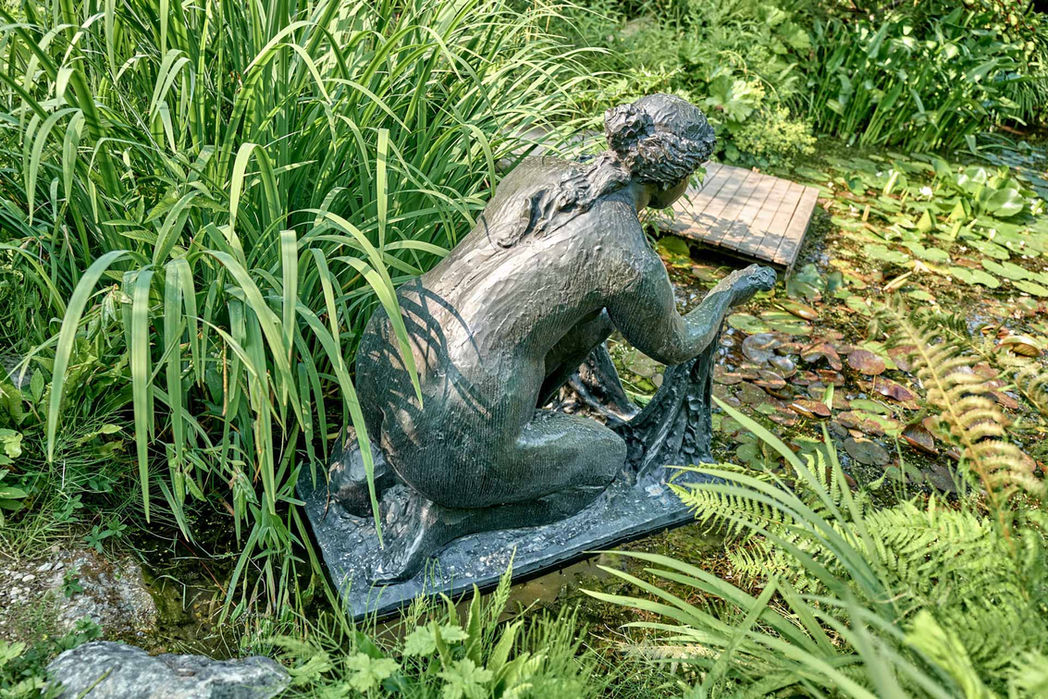

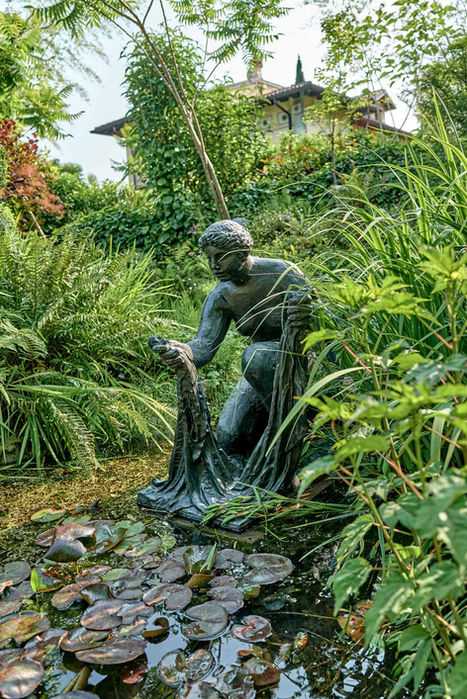
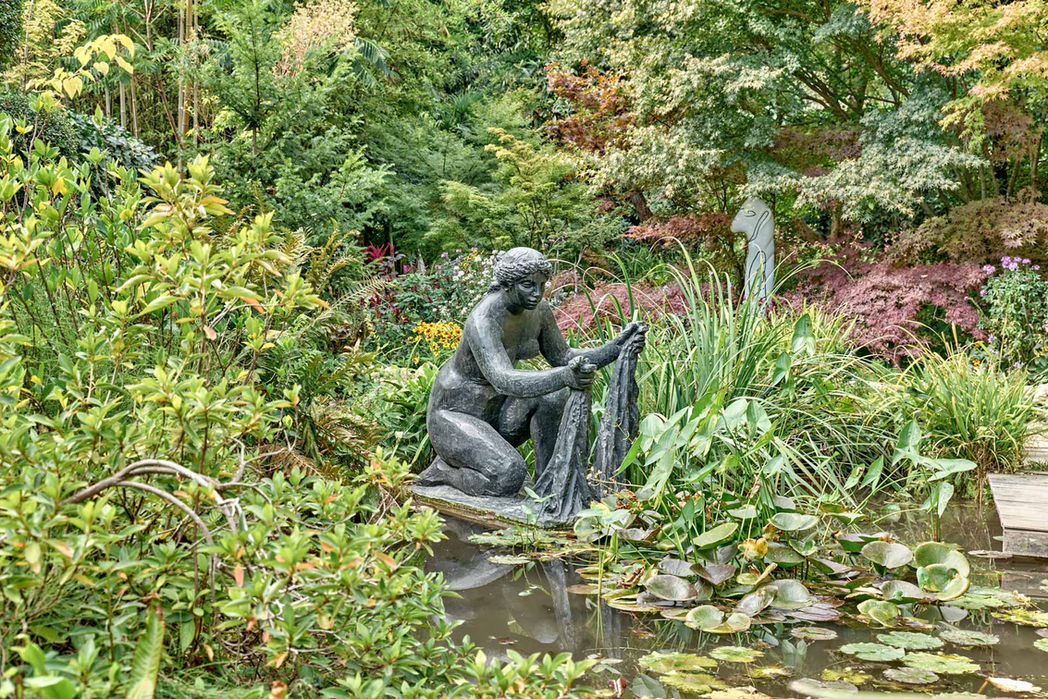
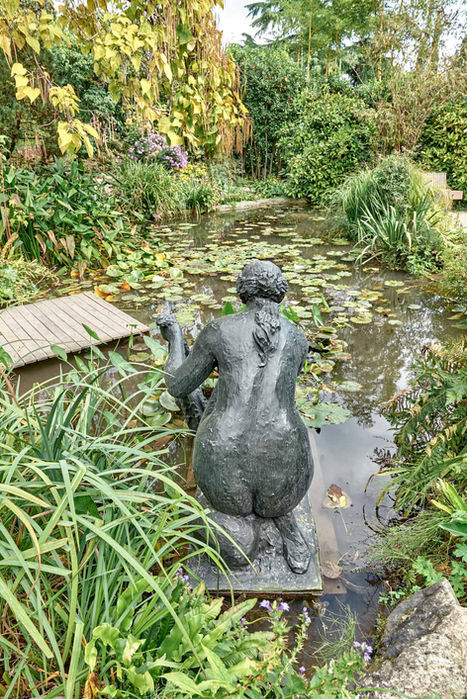

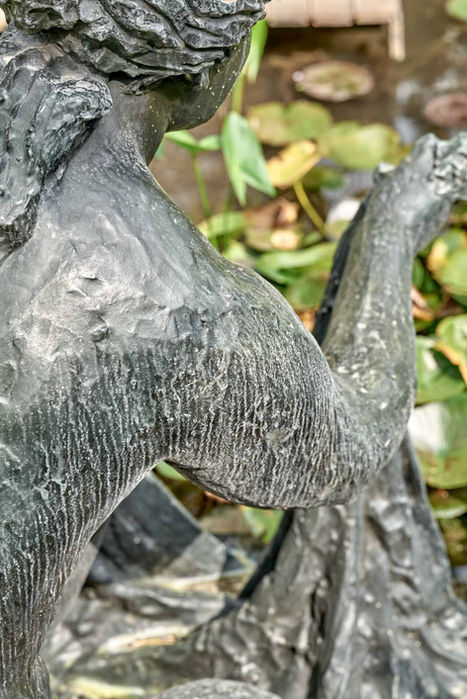
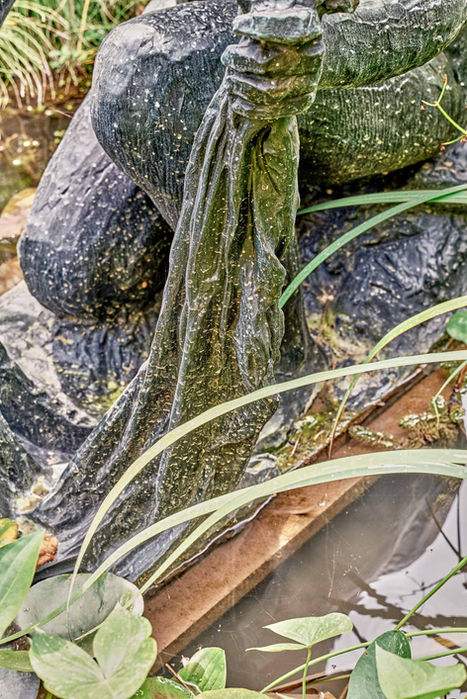
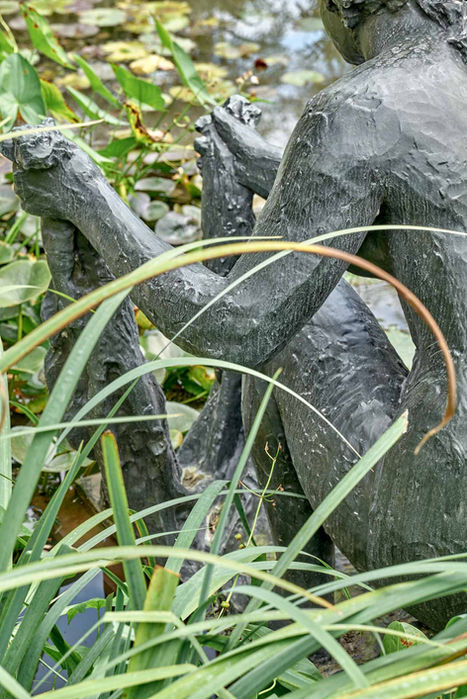
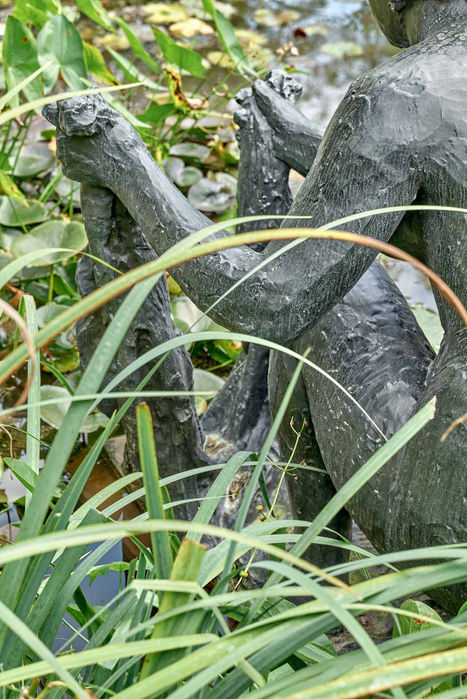
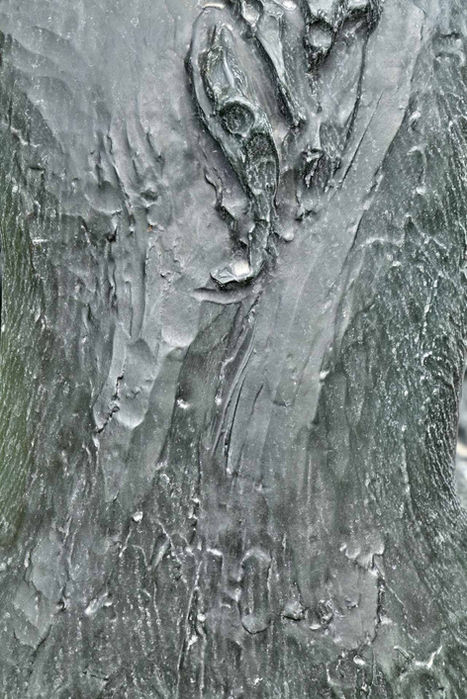
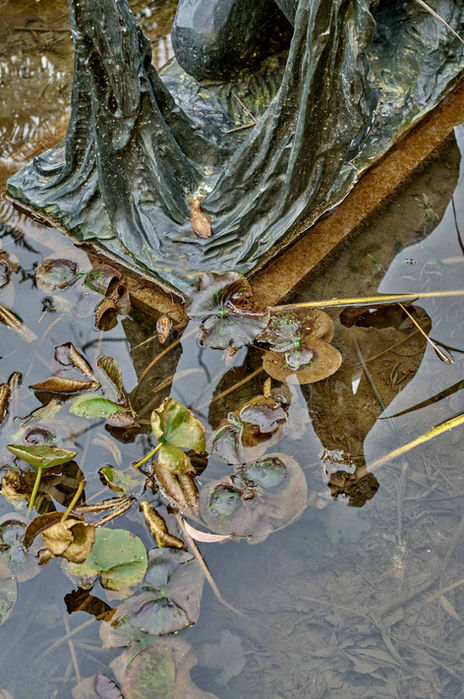
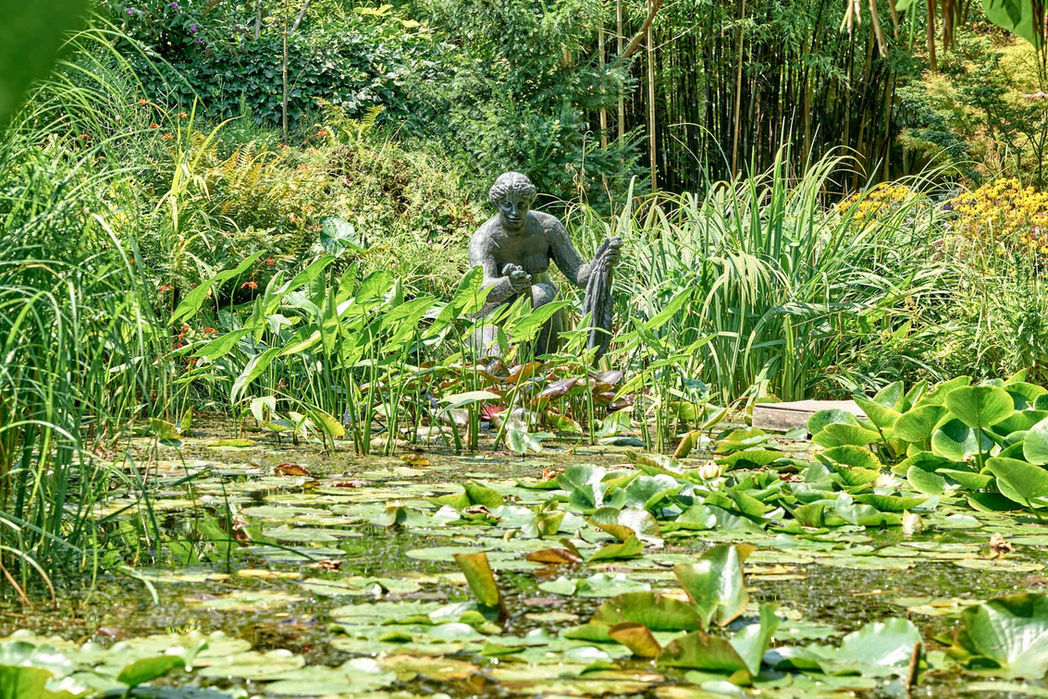

Pierre- Auguste Renoir (1841 -1919)
Renoir was a leading artist in the development of the Impressionist Art movement. He is known as a painter of people and of social life.
Pierre-Auguste Renoir was born in Limogues, France in 1841 into a working class background. When he was four his family moved to Paris where he grew up. At 13 he became an apprentice porcelain painter in a factory in Paris. During these early years he often visited the Louvre to study at first hand the works of the old masters. In particular his favourites were the French painters; Delacroix, Boucher and Fragonard.
In 1862, Renoir joined the art school of Charles Gleyre where he met with fellow students Claude Monet, Alfred Sisley and Frederic Bazille. Through these new friendships he met with other artists Edgar Degas and Edouard Manet. This group of Artists spent much time together during the 1860’s discussing and sharing their ideas on Art. It was out of this group that Impressionism developed. The first paintings that are attributed to being “Impressionist” in their outlook were painted by Renoir and Monet during the summer of 1869.
Like other Impressionists in the group, Renoir entered his paint ings at the Salon for their exhibitions but failed to get selected. In 1874 he took part in and was one of the chief organizers of the first Impressionist Exhibition. Renoir continued to be involved in the second and third Impressionists exhibition but he was the first of the Impressionist group to break away from its style of painting and also the first to return to exhibiting his work at the Salon.Renoir’s work was at its most Impressionistic in style during the 1870’s and early 1880’s. He was very close to Monet both personally and artistically in style and painted with him on several occasions during this period. Monet and Renoir would go outside and paint “plein air” – observing direct from nature. Although Renoir shared Monet’s fascination for the effects of light on water or the landscape, it was people and human interactions that became his chief interest. Most of Renoir’s well regarded paintings were of people, often smiling and enjoying themselves. He loved also to paint children and pretty women and the happy mood of his pieces have often been criticized as being too pretty. To these critics Renoir replied “To my mind, a picture should be something pleasant, cheerful, and pretty, yes pretty! There are too many unpleasant things in life as it is without creating still more of them.”
Pierre Auguste Renoir - Richard Guino (French 1841- 1919) La Grande Laveuse Accroupie (The Large Crouching Washerwoman)
Conceived in 1917, cast before 1950.
Renoir’s La Grande Laveuse Accroupie is widely considered to be the most important sculpture in his entire body of work. The undulating form of her stocky body is both beautiful and imposing. Her rounded shoulders and thick, powerful limbs suggest a heaviness to her, both in the physical sense and also reflecting the psychological burden of her labour. Yet as she tends to her washing, her gaze remains upright and hopeful, suggesting that despite her toil, she has found a peacefulness in her methodical repetition. Renoir reminds us that beauty can be found everywhere, even in the mundanity of the day-to-day.
Conceived in 1917, just two years before his death, this monumental work was the last sculpture completed by the artist in his collaboration with Richard Guino. Known predominantly for his fine impressionist paintings of women at the opera and elegant Parisians, Renoir turned to sculpture towards the end of his career at the request of his dealer, Ambrose Vollard. At this time, Renoir was approaching eighty years old and was grappling with the debilitating effects of severe rheumatoid arthritis. This condition posed significant challenges to his ability to create artwork, and his dedication was so intense that he was known to strap brushes directly onto his hands in order to paint.
Thankfully, on a regular visit to Renoir’s studio, Vollard became mesmerised by a small clay medallion that Renoir had made of his son Claude. This encounter inspired Vollard to connect Renoir with Guino, who was, at the time, a young and accomplished sculptor. Guino soon moved to Renoir's estate in Cagnes, in the South of France, where the pair began working together. The combination of Renoir’s vision and Guino’s sculptural expertise was a powerful one. Their collaboration enabled Renoir to circumnavigate his physical difficulties by exploring the medium of sculpture, ultimately resulting in some of his finest works.
During his time in Cagnes Renoir continually revisited the subject of female figures in their natural working environment; in particular, he created a number of paintings depicting washerwomen by a river. These women had weighty forms, and yet their movements appear to be light and delicate, reflecting the mastery of their labour over many years. The same can be said of the sculpture in the Heller Garden, which is perfectly placed beside the bank of one of the gardens' many ponds- it seems only natural that she would be there, absentmindedly washing her clothes.
Originally Renoir had intended the washerwoman to be a companion piece to an equally large blacksmith, with the idea that these two humble workers would perfectly illustrate the natural opposites of fire and water. Together the dichotomy of their femininity and masculinity would conjure up a wide range of opposing forces. Sadly, the blacksmith was never finished and instead the washerwoman remains the final piece of Renoir’s incredible career.